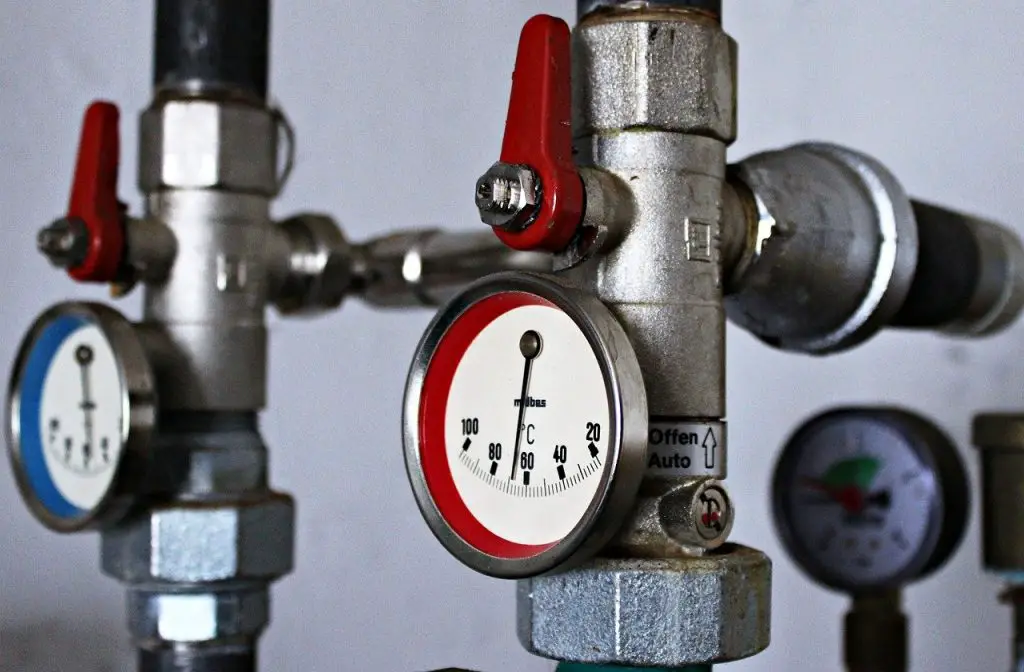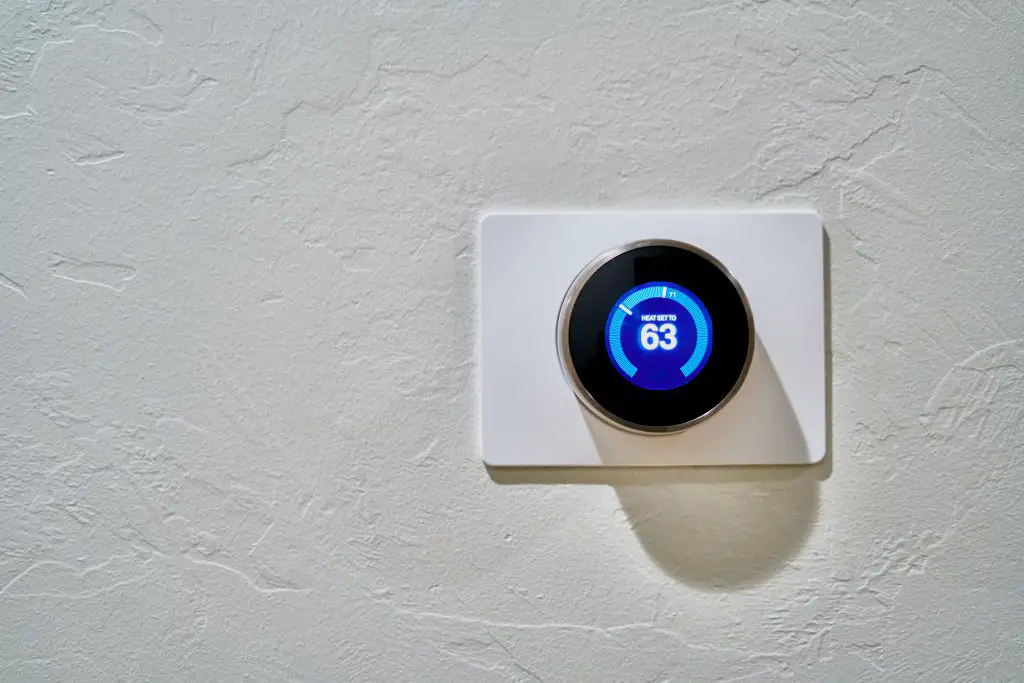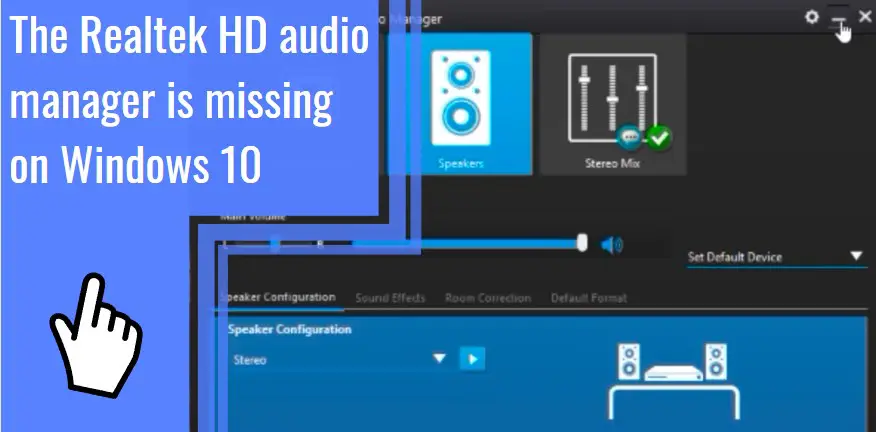What you find on this page:
Nest Thermostats are one of the most popular thermostat products on the market today, finding a place in several homes throughout the world. There is a common problem that users encounter though – the display on their Nest says “delayed.”
Most often, this error message refers to a brief delay in the thermostat’s capacity to change the requested temperature. In this case, the delay is a protective measure that comes out of your HVAC or thermostat system, and it should not bother you for long at all.
But on occasion, the delayed status of your device persists. And after it keeps not going away, many users begin to get worried, leading them to ask questions like “Why does my nest say delayed?” or even “can a Nest thermostat go bad?”.
When that happens, it often means that there’s a larger problem in your system that you need to investigate. Here, we will outline all the different things that may be going wrong with your machine.
Low Power Going to Your Thermostat
The Nest is a unique kind of thermostat – it has a vastly larger variety of capabilities than a standard thermostat. But because of that, it also requires a lot more power than a standard thermostat.
Nest thermostats are all powered by a rechargeable battery, but due to the machine’s significant power usage, sometimes its power needs outstrip the battery capacity it has. When this happens, your home can suffer from intermittent heat, HVAC ineffectiveness, and poor fan operation.
To resolve the issue, you’ll need to connect your thermostat to a “Common wire” or “C-wire.” Before you do so, you can confirm if this is the problem by navigating to Settings and then Equipment in your Nest interface.
In that menu, the device will show you which wires it detects as connected. If you do not see a blue mark next to the C section of the menu, you are missing a C-Wire and should install one as shown below. If you see a blue mark there, the problem is likely not power-related. Instead, it is probably connected to one of the other reasons we outline in this piece.
Solution: Install a C-Wire
Here is how to install the C-Wire on your Nest device:
- Before you do anything else, you need to turn off the circuit breakers for your Nest and your furnace. You can also unplug the furnace if you prefer – what’s important is that all the power is off for both machines.
- After that, remove the display case and examine the wires that connect it to the wall. At this point, most people will see a mess of wires with every wire but one connected to the device. The disconnected wire should be blue–that is the Common wire.
- (Note: if the blue wire is connected, or if you don’t see a blue wire back there, there is likely a more significant problem at play. You should reach out to an electrician or the people who installed the thermostat)
- After you have confirmed the presence of the C-wire, head to your furnace. You need to find a motherboard inside that is attached to all the low-voltage wires. There may be a metal panel within the furnace that you will need to remove to access the motherboard. If that’s the case, you will likely need to remove some screws first.
- Once you find that low-voltage motherboard, find the two primary wires that are splitting off from the rest. One of these primary wires has two wire offshoots, while the other has five. You’re looking for the one with five offshoots – that wire connects to your Nest.
- Within those offshoots, you should see another disconnected blue wire – the Common wire once again. Find the place on the motherboard that says “Com,” and connect the Common wire there.
- (Note: Do not worry if a wire is connected to “Com” already – it can handle two wires at once with ease).
- Go back to your Nest and find both the Common wire (once again) as well as the “C” port on your nest. Connect the Common wire to the port.
- Turn back on the power to your furnace and Nest, put the display back, and navigate back to Settings and Equipment again within your machine. Now, the blue “C” wire should be displayed as connected. If it is not, reach out to an electrician or the people who installed your device in the first place.

Problem with the HVAC System
If your Nest thermostat keeps going into “delay,” there are other potential problems as well. One possibility is a problem within your HVAC system, especially your A/C compressor.
The A/C compressor is a primary component of any HVAC system, and it’s one of the main components that interact with the delay function on your device. Because that function keeps your AC equipment from short cycling, it protects the components from wear and tear, giving you a longer equipment lifespan.
The thermostat delay and your equipment health feed into each other. The worse your machine is working, the more likely your HVAC system will trigger a delay on your Nest.
Solutions
Fundamentally, you need to maintain your A/C machine well (especially your compressor). Here are some effective ways to do that, which will also end up saving you some money over time:
- Check up on the wiring
- Check up on the refrigerant
- Maintain the cleanliness of the unit
- Perform regular pump and lubricant checkups
- Ensure that you are replacing the machine’s filters at least twice a year
If you do this, you will keep your HVAC system in better shape writ-large, thus keeping instances of Nest delay low. This will also help prevent other common problems, like your Nest thermostat not reading the correct temperature, or your Nest not heating to a set temperature.
Reduced Battery Life
Sometimes, reduced battery life can cause this problem. You can see this occasionally when it alerts you that it is low on battery, but the problem may also manifest as frequent delays. This issue can also sometimes cause your Nest thermostat to read the current temperature wrong.
As your Nest ages, so will its battery. And if the battery ages to a point where it is annoying you significantly, you will need to figure out how to move forward.
Solutions
- If your battery is unusably bad, you can start to fix it by charging it using a micro-USB or USB-C charger, depending on your Nest model. This action will provide you 1–2 hours of use, which will not be helpful as a long-term solution but will give it power for long enough for you to work on repairing it.
- You can attempt to connect it to a C-Wire as we explained above.
- You may need to replace the battery in its entirety. If this happens and you are within your warranty period, reach out to your Nest provider. Otherwise, reach out to a technician to help with the replacement.

Wi-Fi Disconnects
Finally, these “delayed” error messages can be caused by problems with your Wifi connection. An inconsistent Wifi connection can simulate the HVAC problems that cause the delay to kick in, thus prompting the error message and the corresponding delays.
Solutions
- This problem might be resolved with a simple fix: resetting the device. Navigate to Settings, then Reset, then Network. Once you have done that, restart the device by accessing Settings and Reset again, then selecting Restart. Once you’ve done so, try to connect to your Wi-fi again under Settings, then Network.
- There may also be a problem with your system being out of date. Navigate to Settings, then Software, then Update. Select Update, and the device will walk you through the rest. Once you’ve done so, try to reconnect to your Wi-fi as explained above.
- If it’s still not working, you may have a defect in your system known as the “w5” error – try reaching out to Google to get the machine replaced.
Conclusion
And there you have it! There are several different reasons for your Nest to display a “delayed” error message, but we’ve hopefully covered the one that’s causing your particular problem. If we didn’t, we recommend reaching out to either your Nest provider or to Google’s customer support to try and resolve the issue.
As always, please keep in mind that it is a bad idea to attempt electrical repairs with which you lack experience. Most of the solutions we discussed here are safe. But if you are working with wiring, we recommend reaching out to a professional.
Also, do remember that most of the time the answer to the question “Why does my Nest say delayed?” is a simple, routine way of your HVAC system keeping itself safe and protected. If it’s persisting and making the thermostat unusable, then likely you will be able to try one of the solutions we outlined and resolve the issues.






